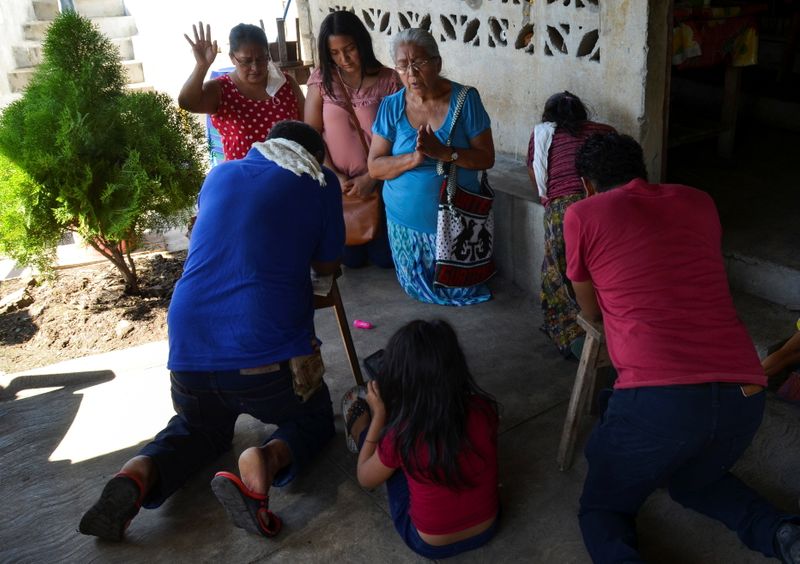MEXICO CITY (Reuters) – International organizations have offered to help identify the bodies of 19 suspected Guatemalan migrants who were found burned and shot in Mexico last weekend, in a bid to ensure transparency in the investigation into what happened.
The Argentine Forensic Anthropology Team (EAAF) and the International Committee of the Red Cross (ICRC) said they have offered assistance to Guatemalan authorities and the Mexican state of Tamaulipas, where the bodies were found with gunshot wounds and badly charred.
“The ICRC is holding confidential dialogue with (Tamaulipas) authorities to see if technical support… neutral, impartial and independent, is appropriate,” the ICRC told Reuters on Friday. “(The officials) have the obligation to guarantee full identification (of victims) transparently and quickly.”
Mexican and Guatemalan authorities have so far collected DNA samples from relatives of the suspected victims to determine whether the 19 bodies are those of a group of migrants reported missing in the Central American country.
The ICRC and the EAAF have helped identify human remains in other cases in the United States and Mexico.
The EAAF assisted Mexican authorities probing a notorious 2010 migrant massacre in Tamaulipas as well as the disappearance of 43 student teachers in southwestern Mexico in 2014.
Oscar Hernandez, a researcher for Mexican institute Colegio de la Frontera Norte, said that migrants often look for ‘coyotes’ to help them cross into the United States, using the term for smugglers who are often linked to organized crime.
“Others are kidnapped, extorted and have their relatives threatened,” he added. “That could have happened in this case.”
(Reporting by Lizbeth Diaz; writing by Cassandra Garrison; Editing by Sonya Hepinstall)



















